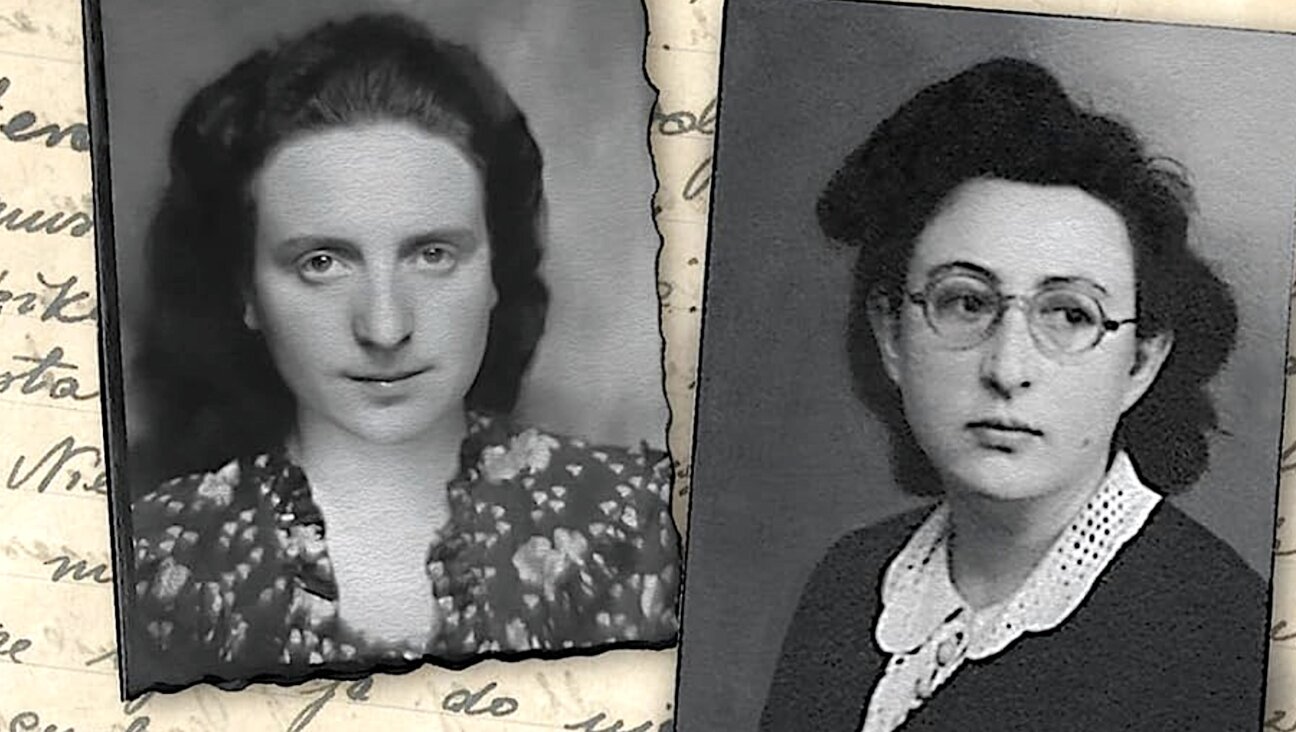6 Lessons From Young Dr. Sigmund Freud

Origins: Sigmund Freud was born in 1856 in a tiny Jewish community in what is today Pibor in the Czech Republic. Image by Getty Images
Seventy-five years after his death, Sigmund Freud still remains an eminent figure of Western culture. The Viennese doctor’s theories about the workings of the human psyche, from dreaming to homosexuality, are considered outdated by many researchers and practitioners. But various forms of psychotherapy including psychoanalysis, also known as “the talking cure” live on.
“Becoming Freud,” a new book by British psychoanalyst Adam Phillips, the former principal child psychotherapist at Charing Cross Hospital in London and editor of the Penguin Modern Classics translations of Freud’s work, now sheds light on Freud’s first fifty years. Freud was born the oldest of seven children into a tiny Jewish community in what is today Píbor in the Czech Republic, in 1856. He studied medicine at the University of Vienna, spent a few months in Paris learning from the famous neurologist Jean-Martin Charcot, and returned to set up his private practice. The rest — from “Studies on Hysteria” (1895) and “The Interpretation of Dreams” (1900) to the first international psychoanalytic congress in 1908 — is medical and cultural history.
The most important psychoanalytical writings, Phillips argues, were published before 1906. Apart from castration anxiety and Oedipus complex, here are six other life lessons to learn from the young Freud.
1) Provoke your parents if you want to know what they really think about you.
Freud famously had little trust in the accuracy of childhood memories. He argued that they were evidence only of desire, not of childhood — and that what mattered was the context in which they were aroused. Freud recounted an instance in which he urinated in his parents’ bedroom. His father reacted by saying that the boy “will never amount to anything.” He wasn’t quite right, but the provocation showed young Freud what his father was capable of saying out loud to him.
2) Know your languages:
Freud was a lover of literature and languages, fluent in Greek, Latin, Spanish, Italian, French and English. This talent turned out to be useful on more than one occasion: At the beginning of his courtship with Martha Bernays, who came from an Orthodox Jewish family, he would send her red roses accompanied by poems in Latin and other foreign languages. This proved to be successful, as their partnership not only lasted through four years of engagement, but also through 53 years of marriage.
3) And make sure others know you know them:
In 1885, Freud received a government stipend that allowed him to study in Paris with the French physician Charcot, nicknamed the “Napoleon of the neuroses.” Freud found himself lonely and unable to get the attention of the popular and persuasive Charcot. One day, Charcot mentioned that he needed someone to translate his new lectures into German. Young Freud offered his services, which were readily accepted and opened the door to Charcot’s inner circle of friends and family. Despite his newfound social life, Freud didn’t slack off: His translation was published before the original French version.
4) When in turmoil, write:
It was no coincidence, argues Phillips, that Freud wrote his early, important psychoanalytical works between 1886 and 1900: During that period of time, he got married and had six children in eight years. Two of Freud’s mentors, Ernst Wilhelm Ritter von Brücke and Charcot as well as his father died. Freud was thus faced with the issues surrounding childhood, sexuality and loss, and turned them into the key themes in his publications. Phillips imagines Freud as a doctor of neuropathy in his private practice (which, from 1891 was located in the famous Berggasse 19 in Vienna) “living an extremely routinized, moderately successful professional life… in a state of great turmoil that he had to write himself out of, or through.”
5) Dream high. Literally.
In a letter to his colleague Wilhelm Fliess in 1895, Freud ushered the hope that one day a plaque would commemorate him. “Here, on July 24, 1895/ The Secret of the dream/ Revealed itself to Dr. Sigm. Freud.” A plaque that displays these words in German was erected in 1977 near the former location of the Bellevue Castle in Vienna, where Freud had an important dream. Freud’s former Vienna practice is now a museum. A plaque commemorates the famous doctor, who was infamously uninterested in politics and only reluctantly left Austria after the Anschluss in 1938, and died in London the following year.
6) Name children wisely:
Freud, writes Phillips, was good at finding people that could get him to the next chapter of his life. During his life, he had close and intellectually prolific relationships with several colleagues, including Fliess, who was among the first to describe the biorhythm, the physician Josef Breuer, Alfred Adler, the founder of individual psychology, and psychiatrist Carl Jung, who established analytical psychology. Freud eventually became estranged from all of them, emphasizing, Phillips argues, his need for “splendid isolation.” That didn’t keep Freud, however, from naming his daughter Mathilde after Breuer’s wife.
Anna Goldenberg is the Forward’s arts and culture intern. She studied psychology at Cambridge University.





















